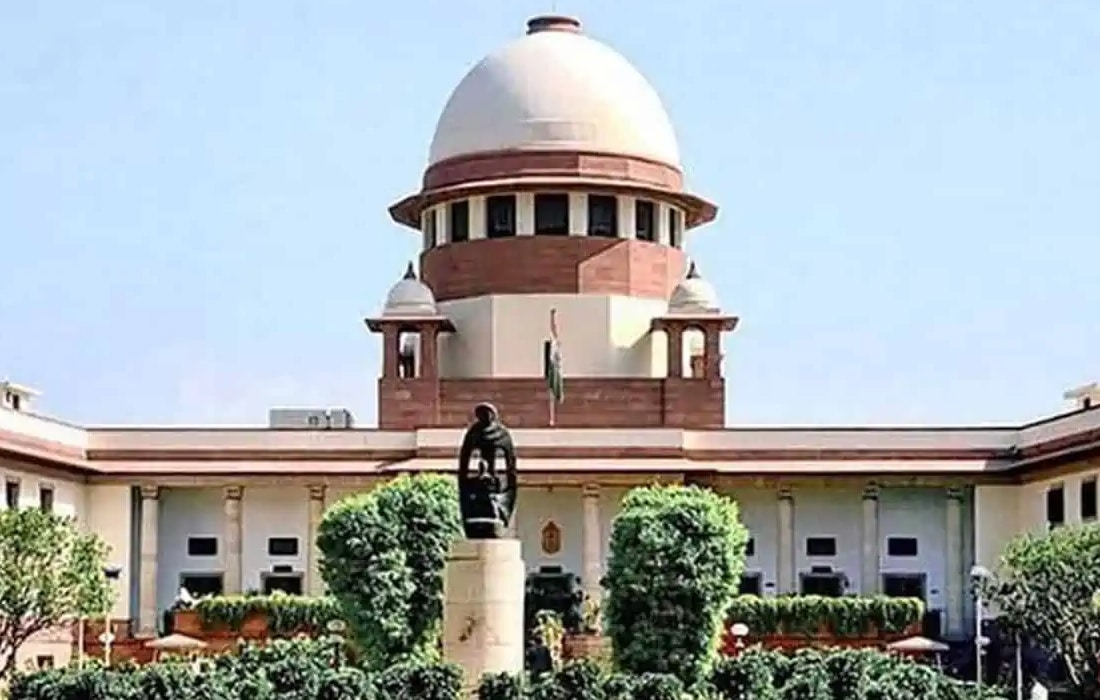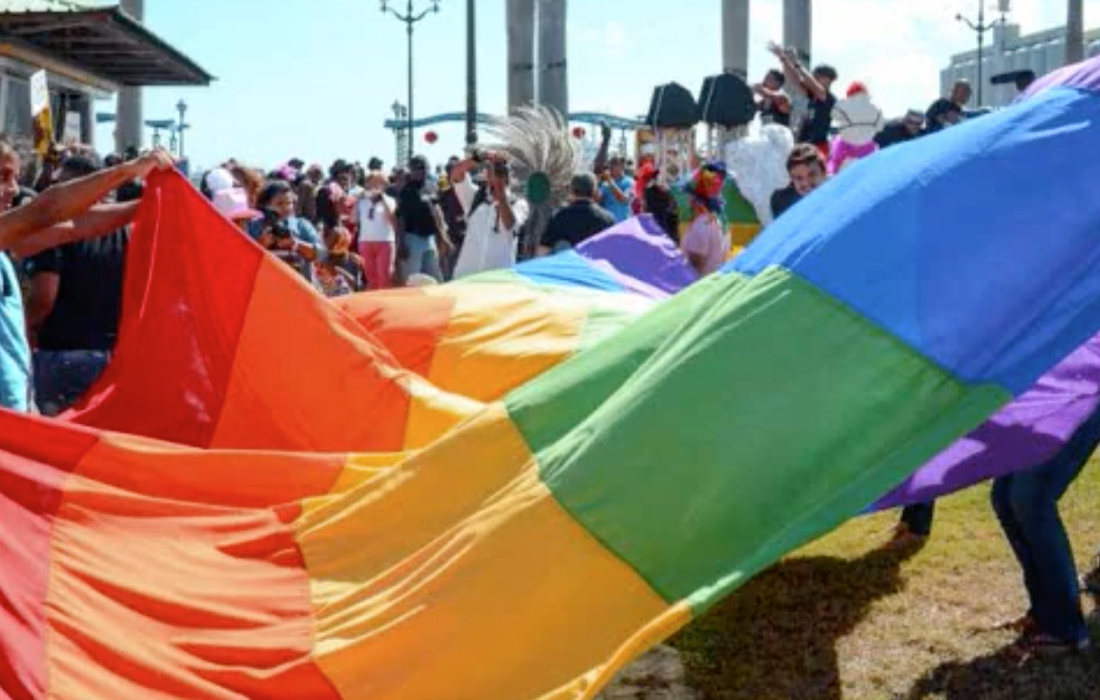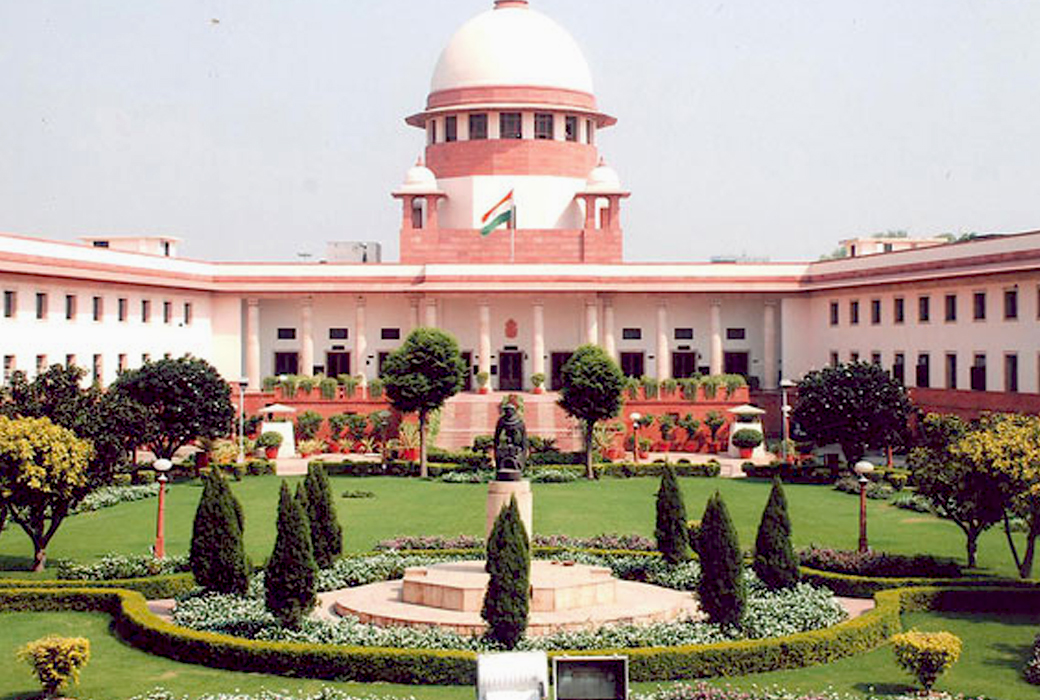>> Supreme Court Delivers Tacit Win to Gay Marriage : Same-sex marriage to begin in 5 states after Supreme court rejects appeal
Dans une décision qui a pris de court les observateurs, la Cour suprême des Etats-Unis a annoncé, lundi 6 octobre, son refus d’examiner la question du mariage entre personnes de même sexe dans cinq Etats, permettant aux couples homosexuels de s’y marier prochainement, en attendant qu’elle se prononce sur le fond.
En rejetant des appels intentés par la Virginie, l’Oklahoma, l’Utah, le Wisconsin et l’Indiana, la Cour suprême maintient, de fait, les décisions de tribunaux de rang inférieur, qui y ont invalidé l’interdiction des mariages homosexuels en estimant que l’interdiction était anticonstitutionnelle.
D’autres Etats — Caroline du Nord, Caroline du Sud, Virginie occidentale, Wyoming, Kansas et Colorado — seront aussi concernés à terme par cette décision de la Cour suprême, ce qui signifie que le nombre d’Etats américains autorisant les unions entre personnes de même sexe pourrait passer rapidement de 19 à 30.
Partisans et adversaires du mariage homosexuel espéraient que la Cour suprême se saisisse de ces multiples affaires et prenne une décision de portée nationale et permanente. Si la plus haute instance judiciaire des Etats-Unis ne l’a pas fait aujourd’hui, elle pourra toutefois se prononcer à l’avenir, par exemple si des décisions contradictoires de cours fédérales devaient surgir.
Après l’annonce de la décision des juges, les militants des droits des homosexuels ont néanmoins crié victoire. « C’est un jour de joie pour des milliers de couples partout en Amérique qui vont immédiatement ressentir l’impact de l’action de la Cour suprême », s’est félicité Chad Griffin, président de Human Rights Campaign, l’association la plus impliquée dans le combat pour la légalisation du mariage homosexuel aux Etats-Unis.
Pour l’association, la décision de la Cour suprême revient à prolonger « le patchwork complexe et discriminatoire des lois sur le mariage », une situation qui « ne peut pas durer ». « La seule solution acceptable est l’égalité du mariage dans tout le pays ».
>> The Supreme Court kicked off its new term with some drama on the same-sex marriage front, and a bit of confusion mixed into the proceedings.
By tradition, Chief Justice John Roberts — joined by his eight colleagues — took to the bench at 10 a.m. and announced the end of the old term and the start of the new, welcoming new lawyers to the court’s bar and holding a one-hour argument on a search and seizure case.
But many reporters and court observers were downstairs, preoccupied trying to make sense of a surprise move. In brief orders, the justices without explanation announced they had rejected appeals from five states seeking to keep their bans on same-sex marriage in place. Those states are Utah, Oklahoma, Virginia, Indiana and Wisconsin.
The practical effect means gay and lesbian couples in those states could soon become legally wed. Virginia announced it would start issuing marriage licenses within hours of the court’s action.
And because the lower court rulings in these cases are not being reviewed by the Supreme Court, that means similar same-sex marriage bans in six other neighboring states could soon fall in coming weeks. Those states are Colorado, Kansas, Wyoming, West Virginia, North Carolina and South Carolina.
Almost no one predicted the justices would do what they did. Many legal analysts and advocates on both sides of the marriage fight suggested the court would either jump in now and decide the constitutional equal protection questions — or put off consideration of those appeals and the larger issues indefinitely.
That is what most members of the press thought when the court issued its order list Monday, a summary of the cases rejected for review. Those appeals from the five states were not on the paper copies given to journalists promptly at 9:30 a.m.
Turns out that the 81-page orders list was missing 30 pages — including the section where the same-sex marriage appeals were noted. That was a simple printing error, but some reporters went upstairs to hear oral arguments in the second-floor courtroom, thinking no action had been taken on same-sex marriage.
By the time the complete orders came out, and the marriage cases were suddenly noted, chaos (and some cursing) ensued as reporters rushed to get the news out. The complete orders list was posted online on the court’s websites several minutes later for the general public to scan.
The nine-member bench has the complete discretion to accept or reject any petition presented to it, and the justices are under no deadline to make those calls.
The fact they rejected for review the appeals from the five states now was a clear signal the court was not ready to get involved. Nearly every federal and state court in the past 15 months has struck down same-sex marriage bans.
One scenario was that the court wants to take a go-slow approach with the marriage equality debate, concluding that since lower courts are all but in agreement, the justices need not get involved at this point. It seems inevitable the issue will be decided. The court’s deliberate move to stay out for now makes this a question not of if, but of when.
Avec l’AFP


















